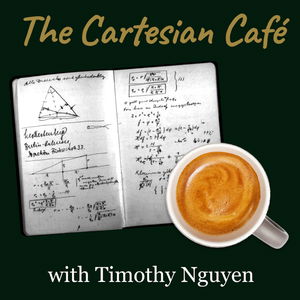

Dela
Podden och tillhörande omslagsbild på den här sidan tillhör
Timothy Nguyen. Innehållet i podden är skapat av Timothy Nguyen och inte av,
eller tillsammans med, Poddtoppen.